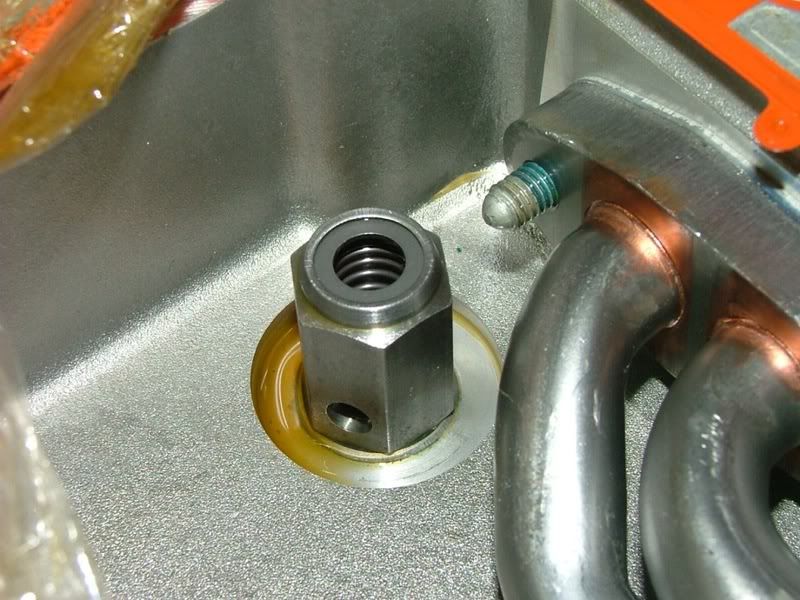Firstly – (Lubrication). To achieve optimum Lubrication and achieve engine reliability & longevity you want the lowest viscosity & highest quality Oil that will do the job under all the (normal & extreme) conditions in which the vehicle operates. You want the Oil maintained on the bearings at an adequate pressure, all the time. They say most of the wear will occur on start-up when the Oil residual on the bearing surfaces are at the minimum, consequently using a free flowing Low Viscosity Oil is a good thing. It’s a good idea at start up to give the engine a few seconds to build up the Oil pressure before you put the boot in. In Alpine conditions 0W & 5W Oils are a necessity or you may get a dry start! In temperate conditions a 5W, 10W, 15W will do the job..
If you are not getting to the normal cold idle pressure value in < 6 seconds there may be a problem. This may be due to using the wrong viscosity oil (too high or too low a viscosity), a failing oil pump / failed pump bypass spring-valve / sludge & or a blocked pickup, or the anti-drain back valve in the Oil filter not working. In a worst case it may indicate you may have done a main engine or camshaft bearing. These last two will be obvious to you in the unpleasant knocking noises that follow a start-up.
Limiting the wear at a “Cold Start”, and the ‘long time between start-ups’ issues are why some high performance cars & large scale industrial engines are equipped with pre-start Lubricators to pump up the Oil pressure and pre lube the bearings before each Engine start-up. This is the same reason why you should thoroughly prime an engine with Oil after a major rebuild, and check you have good Oil Pressure before you fire it up.
There is always a delay between increasing the RPM’s and the Oil Pressure coming up. That delay should not be more than about 3 seconds. If the Oil pressure climbs too slowly it may be due to restrictions in the Oil delivery system (Blocked Pickup or damaged “O” Ring / Sloppy Pump / Blocked Galleries) or the volume being pumped is just not sufficient to cover the oil flowing out.




 2005 HOLDEN CALAIS
2005 HOLDEN CALAIS

 Reply With Quote
Reply With Quote








